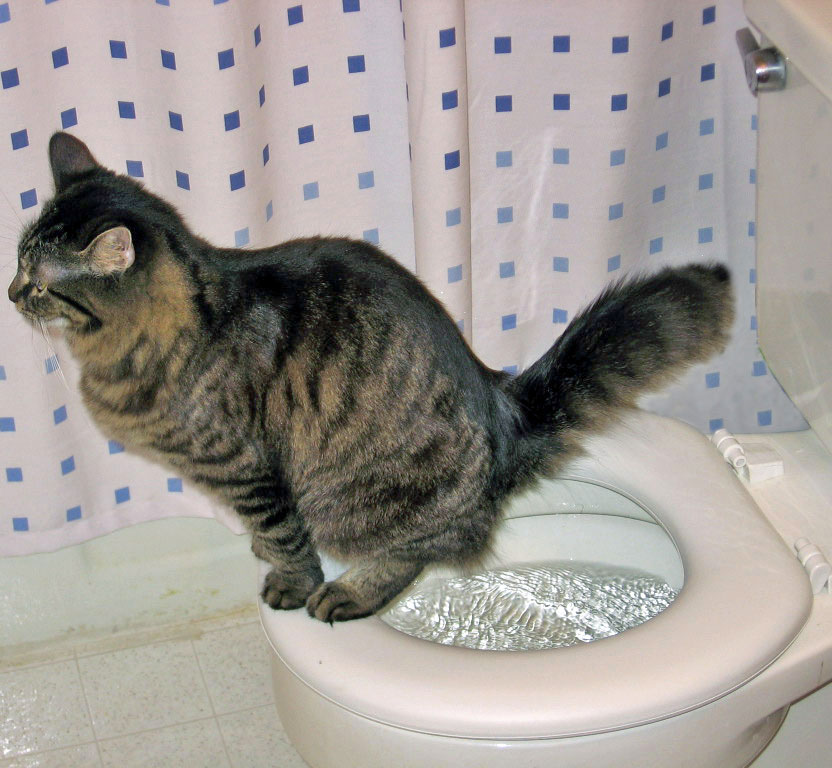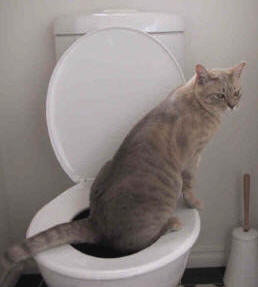Our Relevance of Not Getting rid of Animal Waste Down the Toilet
Our Relevance of Not Getting rid of Animal Waste Down the Toilet
Blog Article
Have you been interested in insight involving Why you should never flush dog poop down the toilet?

When it involves disposing of waste, particularly animal waste, lots of people often consider the hassle-free alternative of flushing it down the toilet. Nonetheless, this apparently simple solution can have major consequences for the atmosphere and public health. In this article, we'll check out why flushing pet waste down the toilet is a bad idea and supply different methods for appropriate disposal.
Intro
Correct garbage disposal is important for maintaining environmental sustainability and public health. While it may appear harmless to flush animal waste down the toilet, it can cause different problems, both for the setting and human health.
Dangers of flushing pet waste
Environmental impact
Flushing pet waste introduces damaging microorganisms and microorganisms right into waterways, which can adversely impact marine ecosystems. These pathogens can pollute water sources and damage aquatic life, interfering with fragile ecosystems.
Public health worries
Pet waste consists of unsafe microorganisms such as E. coli and Salmonella, which can present major health dangers to human beings. Flushing animal waste down the bathroom can contaminate water materials, bring about the spread of conditions and infections.
Alternatives to flushing
As opposed to flushing animal waste down the toilet, there are numerous different disposal approaches that are extra environmentally friendly and hygienic.
Composting
Composting pet waste is an eco-friendly means to throw away it. By composting, raw material is broken down into nutrient-rich dirt, which can be used to fertilize gardens and plants.
Landfill disposal
Dealing with animal waste in a landfill is an additional choice. While not as environmentally friendly as composting, it is a much safer choice to flushing, as it stops the contamination of water resources.
Pet waste disposal systems
There are specialized family pet waste disposal systems offered that securely and hygienically deal with animal waste. These systems usually use enzymes to break down waste and eliminate odors.
Steps to appropriate animal garbage disposal
To make certain correct disposal of pet waste, follow these actions:
Scooping and nabbing waste
Consistently scoop and bag pet waste utilizing eco-friendly bags. This prevents waste from contaminating the environment.
Making use of marked waste bins
Dispose of bagged animal waste in marked waste containers, such as compost bins or landfill containers. Avoid flushing it down the commode whatsoever expenses.
Cleaning up litter boxes and pet locations consistently
Routinely tidy litter boxes and pet dog areas to prevent the build-up of waste and microorganisms. Usage pet-safe cleaning products to preserve hygiene.
Advantages of proper disposal approaches
Adopting appropriate disposal techniques for pet waste supplies a number of benefits:
Lowered environmental pollution
Appropriate disposal techniques reduce the risk of environmental pollution, protecting waterways and environments from contamination
Lessened danger of water contamination.
By avoiding flushing pet waste down the commode, the risk of water contamination is substantially lowered, protecting public health.
Improved hygiene and hygiene
Correct disposal approaches advertise much better sanitation and health, producing a safer environment for both human beings and pets.
Final thought
To conclude, purging pet waste down the toilet is damaging to the atmosphere and public health. By adopting different disposal methods and adhering to appropriate waste administration methods, we can decrease the adverse impact of pet waste and add to a cleaner, healthier earth.
What To Do With Dog Poo – The Do's check here And Don'ts Of Disposing Of Faeces
Dog poo bins
Some councils provide dedicated dog waste bins in popular dog-walking areas that can take dog poo that has been bagged but you can legally dispose of dog waste in any public litter bin, as long as it is securely bagged. This also applies to your wheelie bin at home.
Do not flush
Water companies do not recommend flushing dog faeces down the toilet because certain parasites can survive the water processing treatment and are potentially harmful to humans. You should also never consider flushing dog poo that has been bagged down the toilet as the bags will not break down and instead create severe blockages in the sewage system.
In the woods
The Forestry Commission promotes a ‘stick and flick’ method for dealing with waste in the woods. This means finding a stick and using it to flick any poo from off the path so that it is out of the way of other walkers. You could also bury it as long as it is not in an area where there might be livestock.
Livestock
Parasites found in dog poo can be transmitted to livestock if they inadvertently eat infected faeces that has been left on grazing land. This could result in the death of sheep or abortion in cattle so you should always make sure you pick up your dog’s waste in fields where livestock could be present.

Routinely tidy litter boxes and pet dog areas to prevent the build-up of waste and microorganisms. Usage pet-safe cleaning products to preserve hygiene.
Advantages of proper disposal approaches
Adopting appropriate disposal techniques for pet waste supplies a number of benefits:
Lowered environmental pollution
Appropriate disposal techniques reduce the risk of environmental pollution, protecting waterways and environments from contamination
Lessened danger of water contamination.
By avoiding flushing pet waste down the commode, the risk of water contamination is substantially lowered, protecting public health.
Improved hygiene and hygiene
Correct disposal approaches advertise much better sanitation and health, producing a safer environment for both human beings and pets.
Final thought
To conclude, purging pet waste down the toilet is damaging to the atmosphere and public health. By adopting different disposal methods and adhering to appropriate waste administration methods, we can decrease the adverse impact of pet waste and add to a cleaner, healthier earth.
What To Do With Dog Poo – The Do's check here And Don'ts Of Disposing Of Faeces
Dog poo bins
Some councils provide dedicated dog waste bins in popular dog-walking areas that can take dog poo that has been bagged but you can legally dispose of dog waste in any public litter bin, as long as it is securely bagged. This also applies to your wheelie bin at home.
Do not flush
Water companies do not recommend flushing dog faeces down the toilet because certain parasites can survive the water processing treatment and are potentially harmful to humans. You should also never consider flushing dog poo that has been bagged down the toilet as the bags will not break down and instead create severe blockages in the sewage system.
In the woods
The Forestry Commission promotes a ‘stick and flick’ method for dealing with waste in the woods. This means finding a stick and using it to flick any poo from off the path so that it is out of the way of other walkers. You could also bury it as long as it is not in an area where there might be livestock.
Livestock
Parasites found in dog poo can be transmitted to livestock if they inadvertently eat infected faeces that has been left on grazing land. This could result in the death of sheep or abortion in cattle so you should always make sure you pick up your dog’s waste in fields where livestock could be present.

I am very fascinated with and I hope you enjoyed our blog entry. In case you appreciated our blog posting if you please do not forget to pass it around. Bless you for your time. Don't forget to stop by our website back soon.
Book Report this page